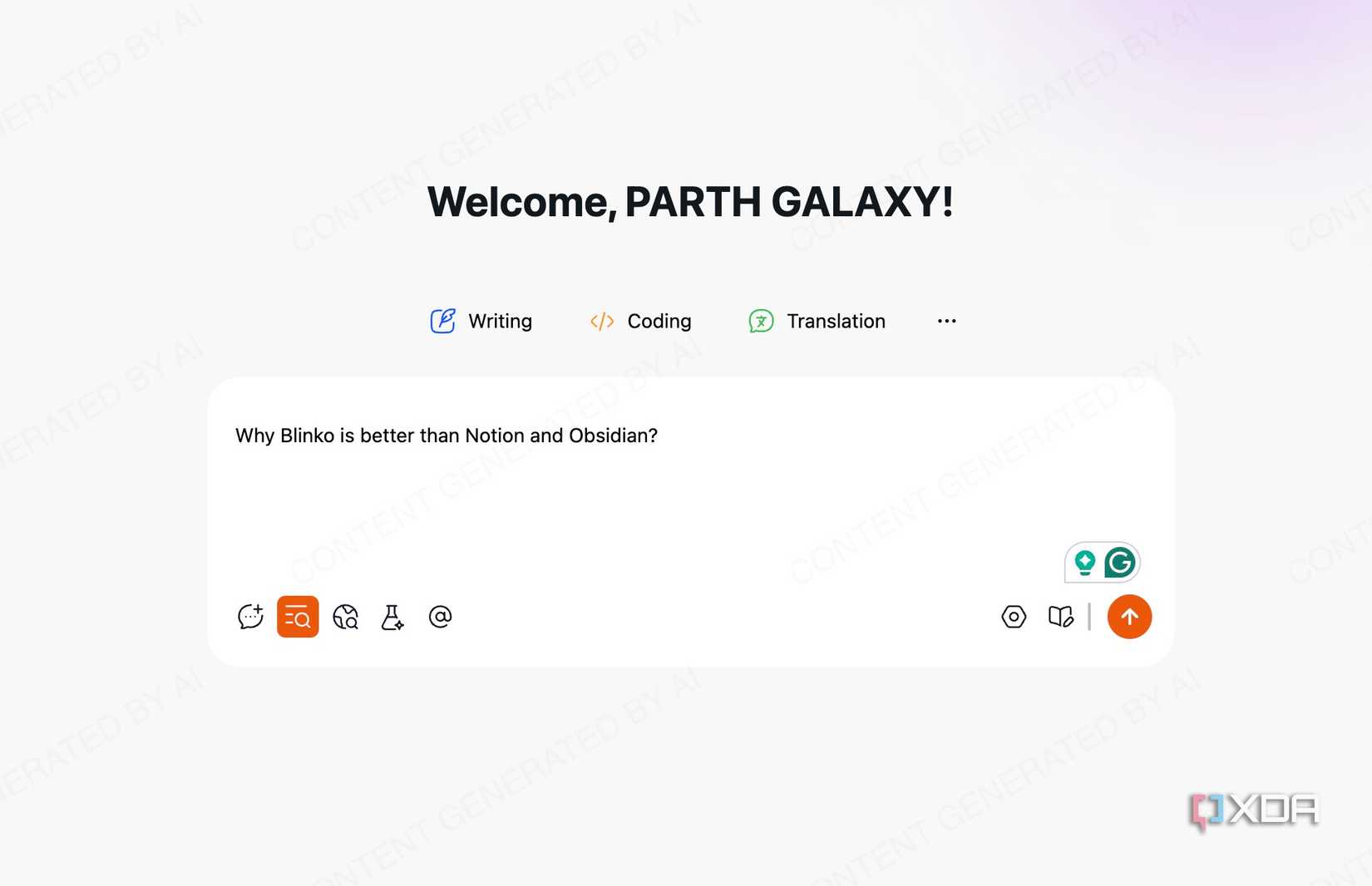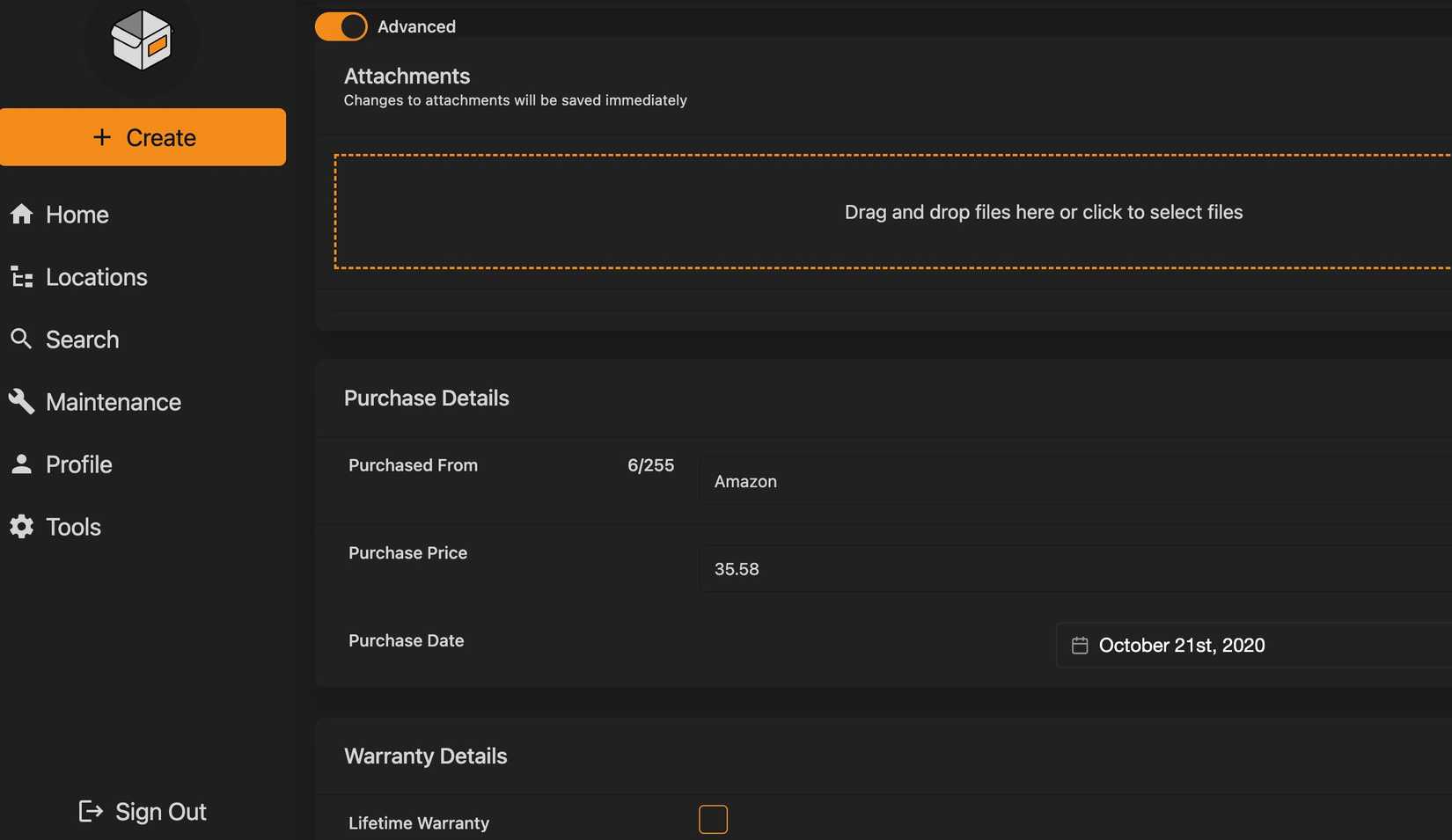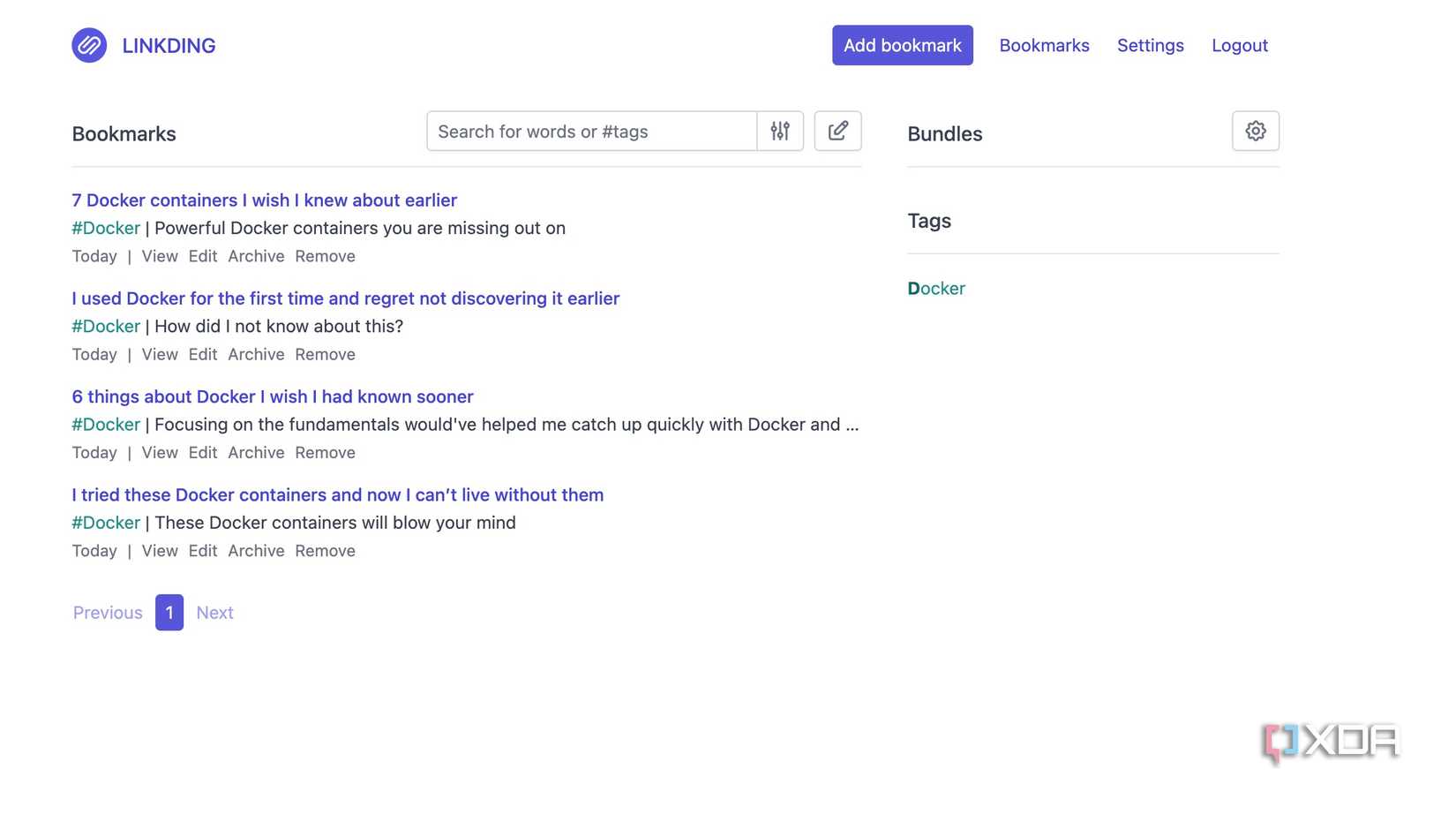Parth, a seasoned tech writer, wields the keyboard (or pen) with finesse to unravel the intricacies of both Windows and Mac operating systems. He has covered evergreen content on mobile devices and computers for multiple publications over the last six years. You can find his work on AndroidPolice, GuidingTech and TechWiser. Whether it’s demystifying system updates, deciphering error codes, or exploring hidden features, Parth’s prose guides readers through the binary maze. When not immersed in tech jargon, you’ll find him sipping chai, pondering the next software review, and occasionally indulging in a friendly debate about mechanical keyboards.
There are several essential tools that we can’t live without. For me, it’s not a set of applications I download and install on every new machine, but a collection of self-hosted services that bring my digital life together. By leveraging Docker containers, I have created a personal digital ecosystem that is consistent, private, and always available. From Syncthing for accessing my important files to Blinko for staying organized, these are the five ‘just-enough’ Docker containers that I rely on for everything from productivity to personal hobbies.
These aren’t just for developers; they are for anyone who wants to take back control of their life and enjoy the simplicity of a clean, powerful, and private setup.
Blinko
A robust PKM tool

Blinko has earned a spot in my ‘just-enough’ Docker toolkit because it combines a few key functionalities of knowledge management into a single, lightweight package. I was initially looking for a quick note-taking, something to capture fleeting thoughts without dealing with a full-fledged knowledge management system.
And Blinko delivered on that and so much more. While it nails the basics, AI-enhanced note retrieval is where Blinko truly shines. Instead of trying to remember a specific keyword, I can ask questions like, ‘What were those project ideas we discussed last week?’ and the AI pulls up relevant information from my notes.
Blinko is highly customizable, where I can change its look with different accent colors. Even the formatting options are quite robust, where I can access a familiar toolbar at the top or jot down notes in Markdown language.
Syncthing
Syncthing has fundamentally changed how I think about file management across PCs. I was tired of the cloud-based sync model, and Syncthing was the answer.
It’s the perfect example of a single-purpose tool, because it does one thing and nails it. Whether I want to sync files, media, or documents across PC and devices, I prefer Syncthing to get the job done. Its biggest selling point is its peer-to-peer nature.
This means my files never touch a third-party server, and that alone gives me complete peace of mind. Syncthing is quite flexible and selective, as I don’t want every single folder from my main PC on my laptop. The web-based UI gives me excellent control over what gets synced.
I can choose specific folders, and even ignore certain file types or patterns. This flexibility keeps my devices clean without a lot of unnecessary data clutter. And as a Docker container, Syncthing is quite light. It has a small footprint and runs in the background without hogging system resources.
Homebox
Keep track of household items

Homebox is the one that has brought the most order to my physical world. Instead of relying on spreadsheets or Notion databases, I use Homebox to keep track of my belongings, such as tools in the garage, electronics with serial numbers, their price, and warranty details.
The user interface is straightforward and doesn’t require rocket science to get started. I can find my home, locations, scanner, and maintenance tab from the sidebar. The main menu shows a neat overview of my valuables, their total price, labels, and more.
When it comes to adding a new item, I can add location, label, description, quantity, and even upload photos. There is even an option to import items from a CSV file. Since it's written in the GO language, Homebox uses negligible memory and feels smooth in operations.
Linkding
My go-to bookmark manager

Linkding is another my go-to Docker container on every PC. I had my web bookmarks across different browsers (I do test several browsers for work purposes). Consolidating them was a nightmare, and the thought of relying on a single company’s sync service for something so personal felt wrong.
Now, it isn’t a direct rival to Pocket. It doesn’t try to be a social bookmarking platform or a ‘read-it-later’ service. Its features are streamlined to make saving and retrieving links as fast and efficient as possible, no matter which device I’m on.
Linkding has a minimal and fast interface. I can use tags like Tech, Docker, Python, and more to organize my links. I can even archive web links.
Heimdall
A powerful self-hosted dashboard

After a while of self-hosting, I found myself in a familiar trap: I had a dozen or more awesome services running (I test a lot of tools as a tech writer), but their URLs were all over the place.
My goal was to have a dedicated dashboard where I could place my favorite services for easy access. And Heimdall does the job just fine. I can simply open Chrome and click on the icon for the service I want to use.
The application is quite customizable, where I can change the background wallpaper, pin specific applications at the top, and place the search bar at the top.
My always-on Docker setup
Whether I’m setting up a new Mac, Linux machine, or Windows device, I always make sure to run these Docker containers. These tools prove that you don’t need a complex server rack or a deep IT background to take back control of your data.
As expected, these are just my personal preferences. You can try them out, and if they don’t work for you, look for alternatives. For instance, Docmost is a robust rival to Blinko, and similarly, you can try Grocy instead of Homebox. And as for Heimdall, there is no shortage of self-hosted dashboards out there. Overall, you won’t have a hard time
 Source: Docker
Source: Docker
.png)












 English (US) ·
English (US) ·